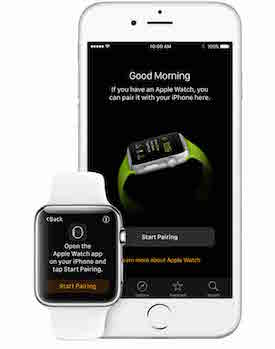What is Pixel Density and Why Should You Care?
Pixel density is the number of pixels per linear physical unit. Measured in pixels per inch (ppi or dpi). Pixel density and resolution are technically the same thing, but often people say “resolution” to mean “pixel count,” a related metric:
count = densityH * width * densityV * height
When other things are held constant:








